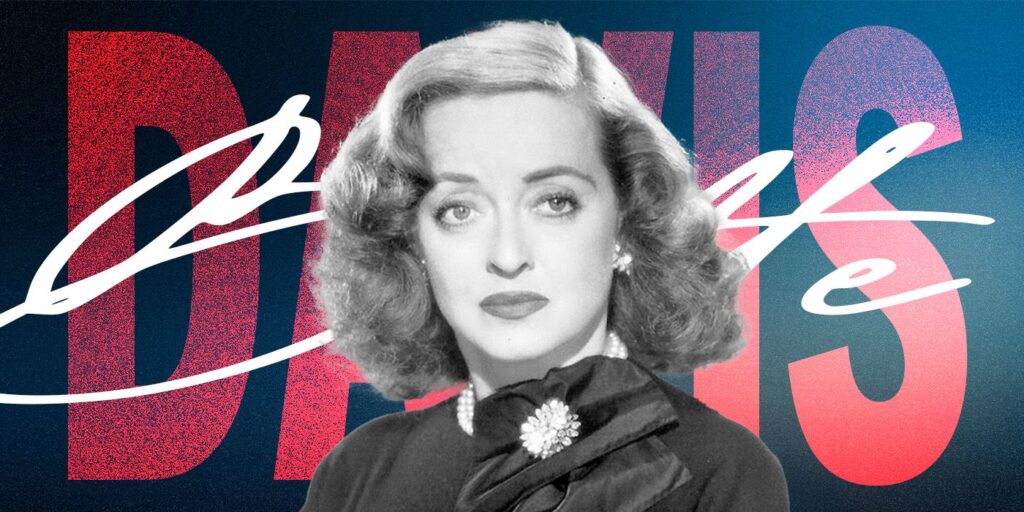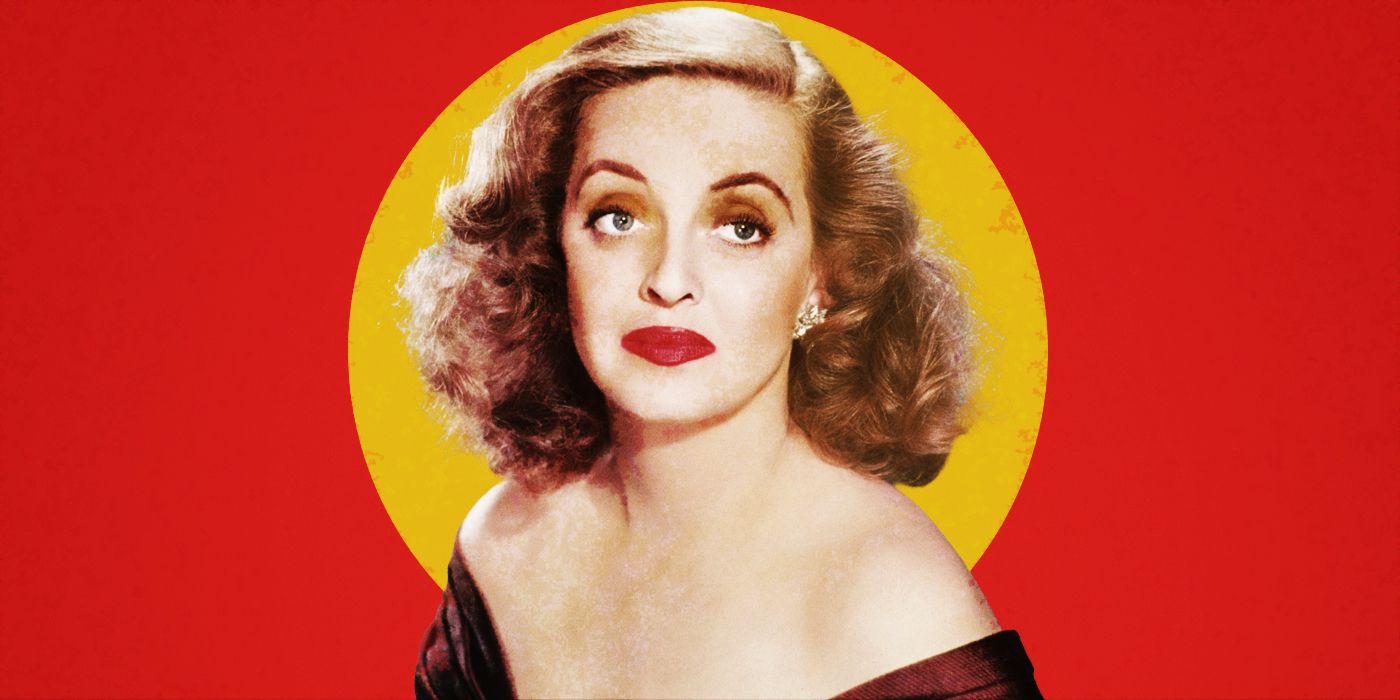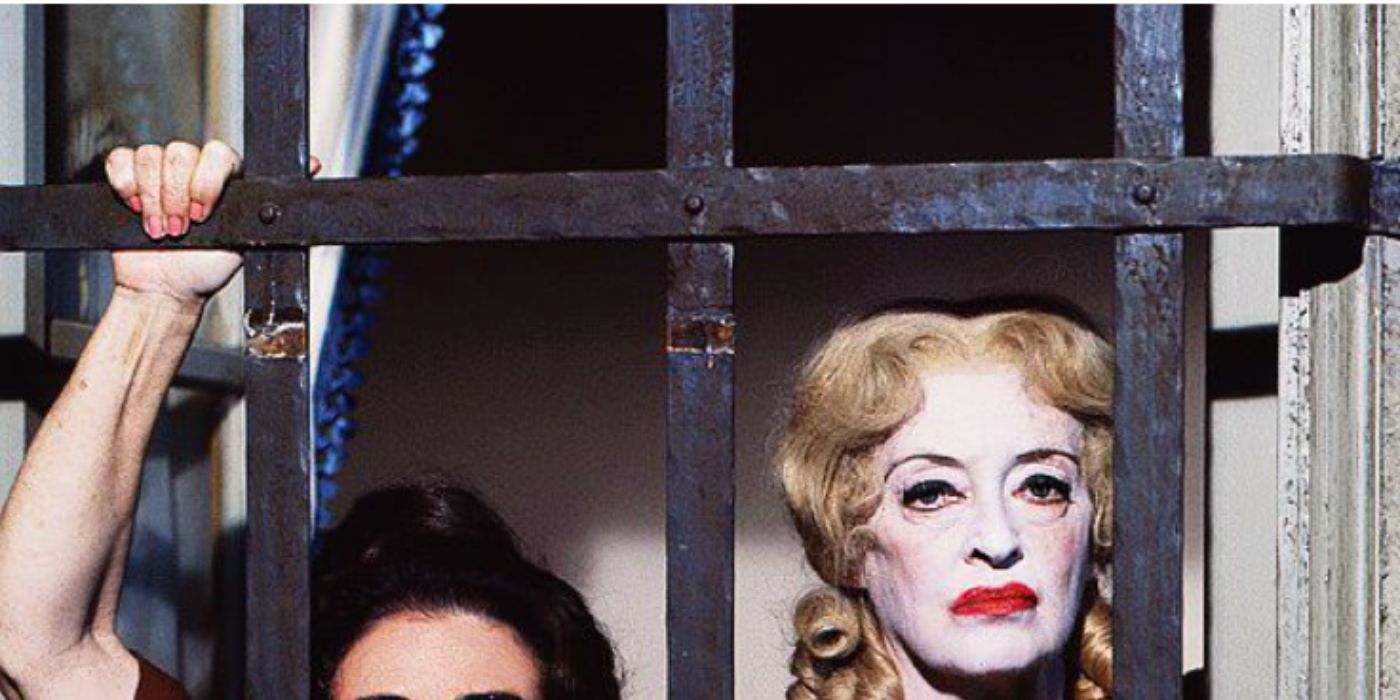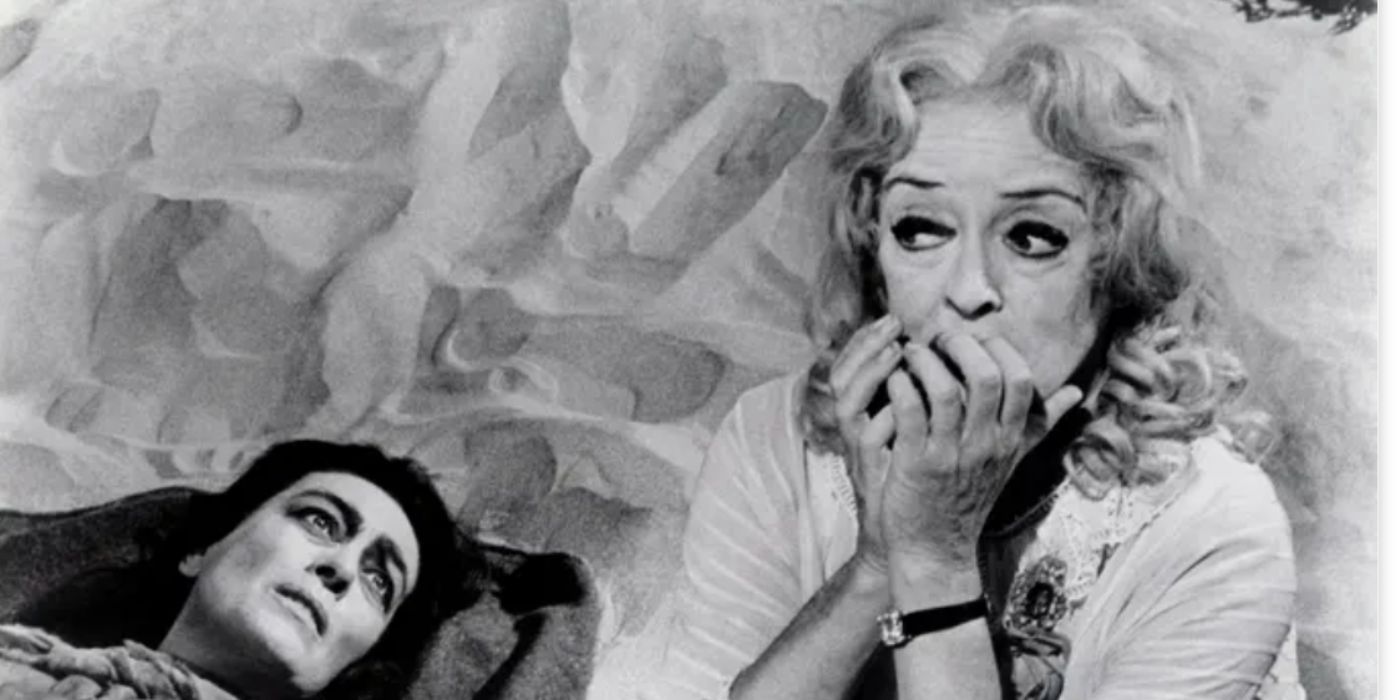The Dark, Campy Psychological Horror Classic That Launched a Weird New Era for Its Legendary Star and Helped Create an Entire Subgenre

Classic Hollywood will always hold a special place in the hearts and minds of movie lovers, and there are few stars from the era who are more iconic than Bette Davis. Throughout her illustrious career, Davis broke ground, playing roles that frightened other actresses and broaching subjects that made for some of the greatest roles of all time. From Julie in Jezebel to Margo Channing in All About Eve, Davis remains one of the most diverse and beloved talents of all time. But, for many, if there’s one Davis role that stands out from her more than 60 years on the silver screen, it’s Baby Jane Hudson in the psychological horror flick, Whatever Happened to Baby Jane?
Filled with exciting performances, twists, and a lot of behind-the-scenes stories, Whatever Happened to Baby Jane? is a fascinating picture from beginning to end. However, while many like to focus on the alleged feud between Davis and co-star Joan Crawford, the movie had an interesting and rather strange effect on Davis’ career. Often credited with the film that coined the term “hagsploitation,” Whatever Happened to Baby Jane? led to a period in Davis’ career filled with highs and lows, and one she was never quite able to escape.
‘Baby Jane’ Was a Game-Changing Role For Bette Davis
Famously, Whatever Happened to Baby Jane? was not an easy movie to get made. While a classic now, many studios weren’t eager to work with Davis or Crawford, as they were seen as “too old” to lead a picture. According to documentarian Isabel Custodio, though, director Robert Aldrich refused offers from other studios to make the movie if he cast younger actresses. He stayed the course, and the picture eventually ended up at Bette’s old home, Warner Brothers. The opportunity couldn’t come soon enough, as a 1999 documentary about Davis’ life explains that the actress was in a dark period before making the film. She called the 1950s “10 dark years.” However, when the opportunity to make Whatever Happened to Baby Jane? came along, Davis jumped on it, falling in love with the script and the character. Its themes of ageism shined a light on the very practice that had ousted Davis and Crawford from the movie business and presented them in a tantalizing and biting way.
Working alongside Crawford and Aldrich, Davis crafted an unforgettable performance as the titular Baby Jane. Despite her co-stars’ efforts, it’s hard to ignore that Davis’ part is as fascinating as it is disturbing. The actress received an Oscar nomination for the part and was the favorite to win in many circles. Indeed, Bette had made quite the impression with the role. The picture certainly revived her career and was soon followed up by a number of interesting pictures.
‘Hush… Hush Sweet Charlotte’ and ‘The Nanny’ Were Fascinating Follow-Ups to ‘Baby Jane’
Whatever Happened to Baby Jane? was a groundbreaking picture that led to other interesting roles for Davis. She once again teamed up with Aldrich and, for a time, Crawford for Hush… Hush Sweet Charlotte. While many are quick to compare the picture to Baby Jane, it should be noted that the film is unique thematically. Davis’ character of Charlotte Hollis is an interesting study of trauma and psychological abuse and the seemingly supernatural effects of her surroundings. It makes for a deliciously dark Southern Gothic film that is often unfairly put in Baby Jane’s shadow. In 1965, Davis went to England to make The Nanny, a thriller that is ahead of its time, to say the least. It’s perhaps the most disturbing entry in Davis’ filmography, exploring themes of childhood murder, mania, and abortion. In many ways, it reflected what Davis always sought to do during her heyday: push boundaries. But, while these two films stand out as great work, Baby Jane created a new subgenre of films that often missed the point and kept Davis trapped in the character for the remainder of her career.
‘Baby Jane’ Created the Hagsploitation Genre
While Whatever Happened to Baby Jane? has deep thematic value, Hollywood didn’t necessarily learn the right lesson from the film. As stated by the BBC, the film never resonated with critics in the same way it did with audiences, and the studios—many of whom had turned down making the movie—sought to cash in. A practice soon began where studios would seek out older female stars who hadn’t worked in a while and put them in roles that saw them in various stages of mental anguish. Countless actresses, from Olivia de Havilland to Barbara Stanwyck and Shelley Winters, found themselves a part of this new genre that the critics and studios dubbed “Hagsploitation.”
However, in the decades before The Substance reinvented the genre and brought it back to Baby Jane’s original intent, the entries became more and more hollow. No one knew this better than Davis, who was constantly cast in these sorts of pictures. As stated in the Davis doc, the actress didn’t necessarily like this newfound “success” but wanted to work and sought to at least choose scripts of quality. Interestingly, there would be generations of fans that knew Davis not for Margo Channing but as one of the first scream queens. Even after the hagsploitation genre slowed down, Davis’ filmography was filled with horror movies and off-putting characters such as Madame Sin and the haunting and gorgeous Burnt Offerings. There is some consolation, though, as it has been well documented that Baby Jane remained one of Davis’ favorite roles throughout her life.

Related
Bette Davis Almost Passed on the Greatest Role of Her Career — The Reason Why Is Wild
Try to imagine anyone else playing Margo Channing. We’ll wait.
Bette Davis’s career has always been fascinating—from incredible highs to forgettable lows, the actress worked right up until the end of her life. However, for many, Whatever Happened to Baby Jane? remains her greatest legacy. While it may have put her in a box she never wanted to be in, her fondness for the film and the incredible work she produced in it, along with Crawford are truly remarkable. Indeed, it is one of the greatest screen legacies of all time, and we’ll always be grateful for its thrills, chills, and, of course, the work of Bette Davis.







